Products made from this material are in every home, it is very popular. Cozy robes and soft towels are highly valued for their softness and fluffiness. Terry cloth - what kind of fabric is it and what else can be sewn from it and where can it be used?
- Terry cloth - what is it
- History of the origin and popularization of the fabric
- Production process and raw materials
- Main characteristics
- Types of terry cloth
- How to choose good terry
- Scope of application
- Towels
- Robes
- Bed sheets
- Orthopedics
- Products for children
- Cleaning products
- Basic rules of care
- Advantages and disadvantages
Terry cloth - what is it
Terry cloth or terry cloth is a material whose surface is covered with loops. They can be located on one or both sides. It is very pleasant to the touch, soft, and looks fluffy. The official name of the material is "froté", which comes from the French verb "to rub". There is a clear connection with the purpose of towels, which are most often made from terry cloth.
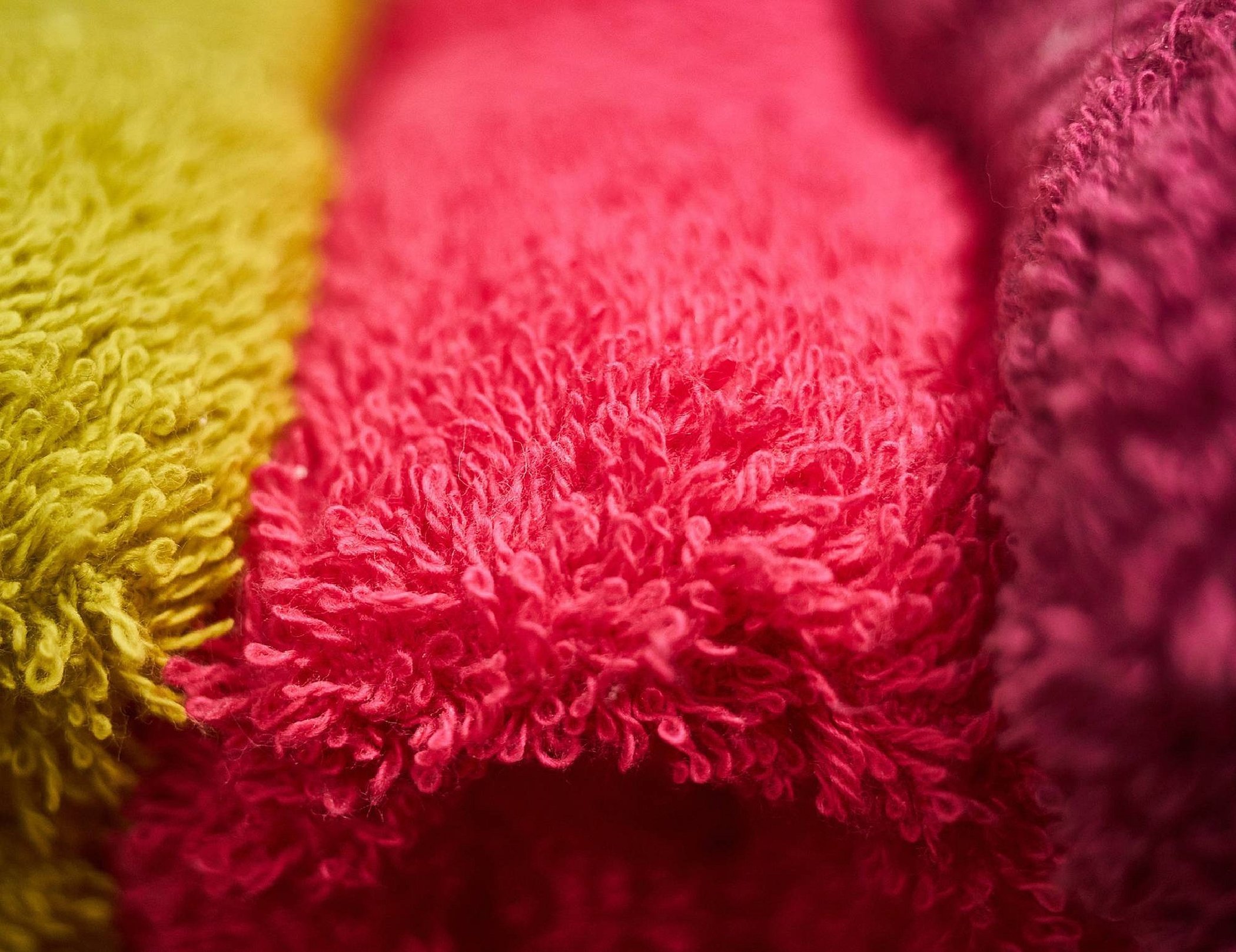
History of the origin and popularization of the fabric
There are several versions of the origin of frote. According to one of them, India is considered its birthplace. Another theory says that the material first appeared in Turkey. In support of this, the external similarity of the material to a carpet is cited. But carpets were also woven in India, Pakistan, and Uzbekistan. It would be correct to say that the birthplace of cotton is also the birthplace of terry cloth, since this looped fabric is made from natural cotton. A more modern and familiar appearance of the product was adopted in the 18th century, when textile factories for the production of cotton fabric appeared. Mass demand for fabrics created the need for a large amount of raw materials.

Cotton began to be sown in the southern regions of the Russian Empire, Egypt, China, and the United States. In Russia, cotton gradually pushed flax into second place. The technology of producing terry cloth was not a state secret, like silk. Many countries in the world successfully used it. The fleecy soft material became popular everywhere.
As in many areas, there are innovations in the textile industry - terry cloth made from bamboo fibers is gaining popularity. The raw material grows in tropical and subtropical climates, and crushed stems and leaves are used to make the fibers.
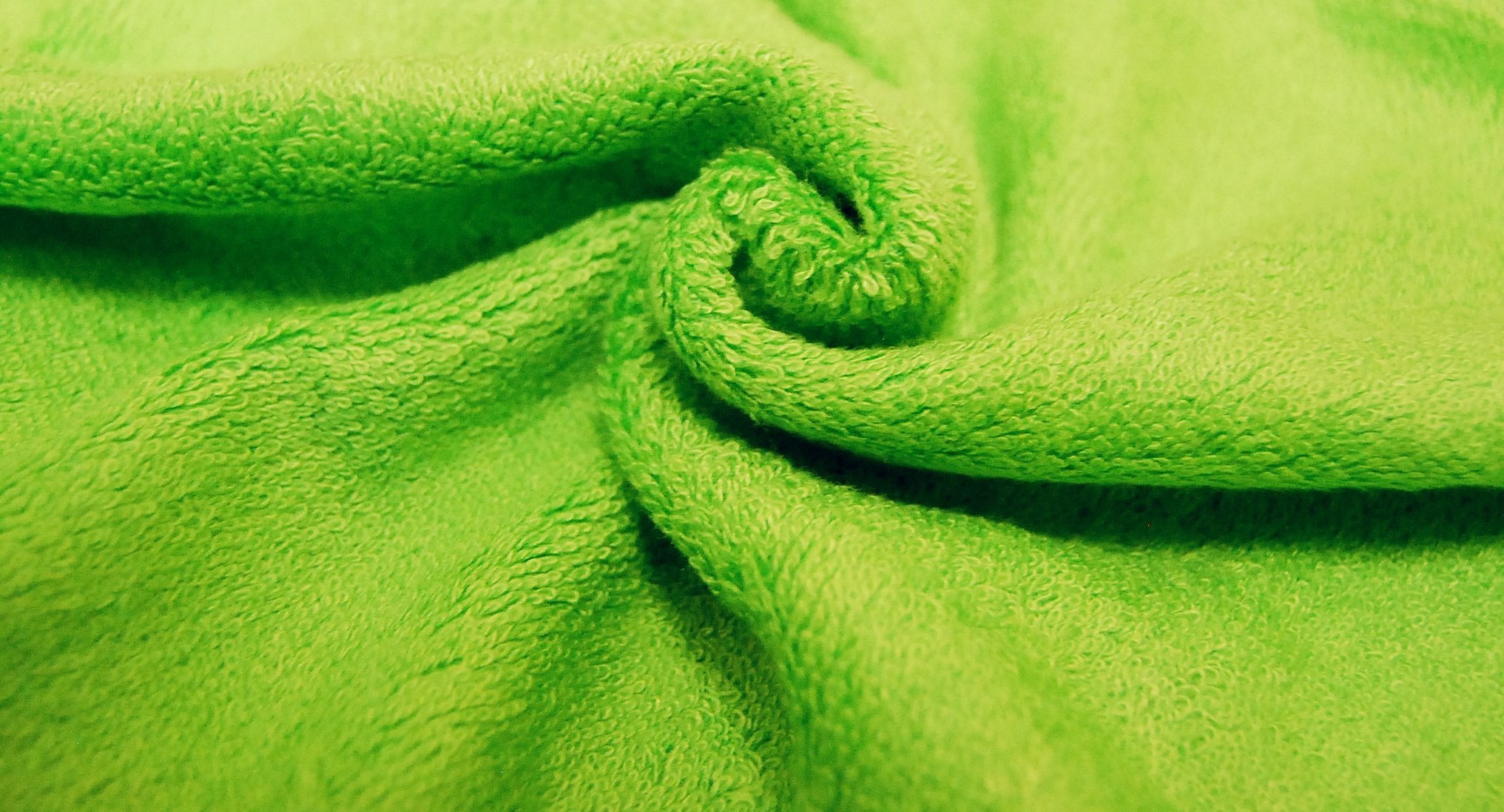
Production process and raw materials
Cotton, flax or bamboo are used as raw materials for the production of frote material. Synthetic fibers are added to the composition to provide wear resistance, but their share should not exceed 20% of the natural base. Pile loops can be pulled out of the main thread, and can also be formed by an additional thread, often of a different color. Decor on products is done by using synthetic threads, changing the length of the pile, partially cutting and cutting loops, releasing fringe and arranging loops at a different angle.
Important! The most expensive is bamboo terry cloth, obtained from cellulose fibers. The products are soft and silky.
The base of the terry cloth can also be knitted, then the product will be elastic.
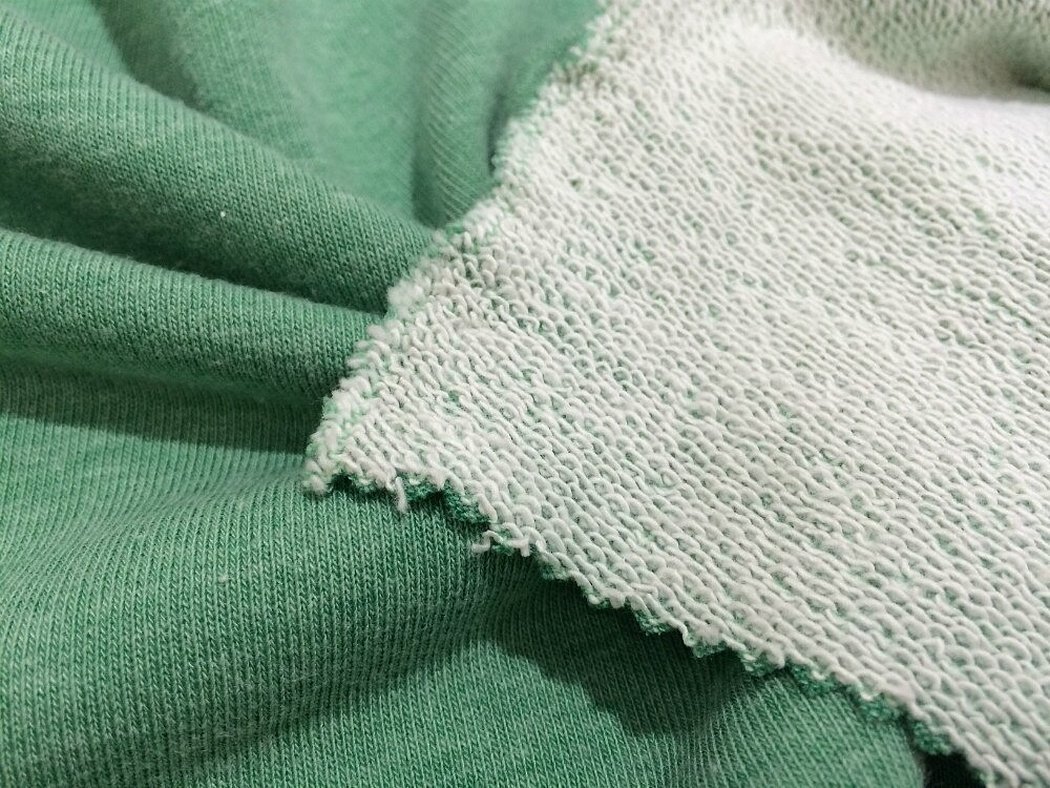
Main characteristics
The main characteristics of the material are the following:
- The degree of thread twisting - the more the thread is twisted, the higher the quality indicator of the fabric.
- Density — the indicators can be completely different, their range is from 250 to 800 g / m2. Low-density fabric (250-300 g / m2) is usually thin and light, it is made with a high synthetic content. Medium density (350-500 g / m2) is the most popular and widely used type of terry. It absorbs water well, easy to use. High-density fabric (above 550 g / m2) is very heavy, voluminous, and quite expensive. Density determines the degree of fluffiness, since the weight of the fabric per square meter depends on the number of loops.
- The pile height is also an important indicator of fluffiness. Short pile will be hard and rough, while long pile will make the fabric soft. The optimal pile size is 5 mm.
An important characteristic of the material is its ability to absorb moisture. High density, long and well-twisted pile increase this ability, but give it a lot of weight.

Types of terry cloth
There are several types of loop fabric that differ in appearance. But their main differences are in the production method and composition.
- Brushed - soft and warm knitted material with a brushed finish on the back side.
- Looped - a fabric with uncut solid threads; it has high density and softness; when bamboo fiber is added, the fabric acquires antiseptic properties.
- Torn - soft fabric with a long pile, which contains polyester threads, the material is resistant to washing. Fabric that contains only artificial fibers is also called velsoft.
- Terry cloth with a membrane is a combined fabric that has a cotton pile base on one side (front side) and a waterproof polyurethane membrane on the other side. This fabric does not require ironing.
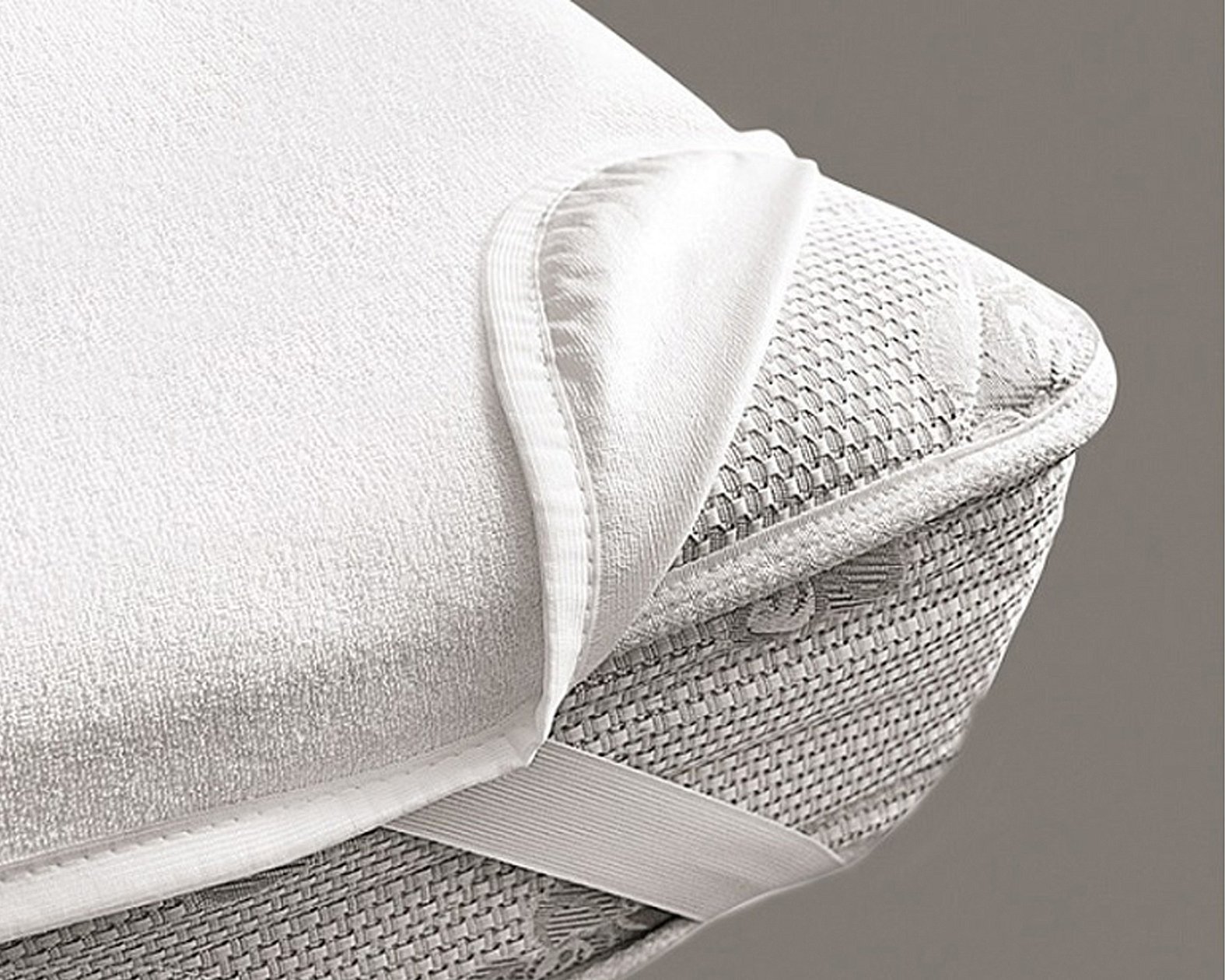
- Double-sided woven - a thicker fabric than single-sided terry, which has loops on both the front and back sides.
- Terry fleece is a type of fleece with short loops. It contains both natural fibers, usually cotton, and polyester threads. The fabric retains heat and is breathable at the same time.
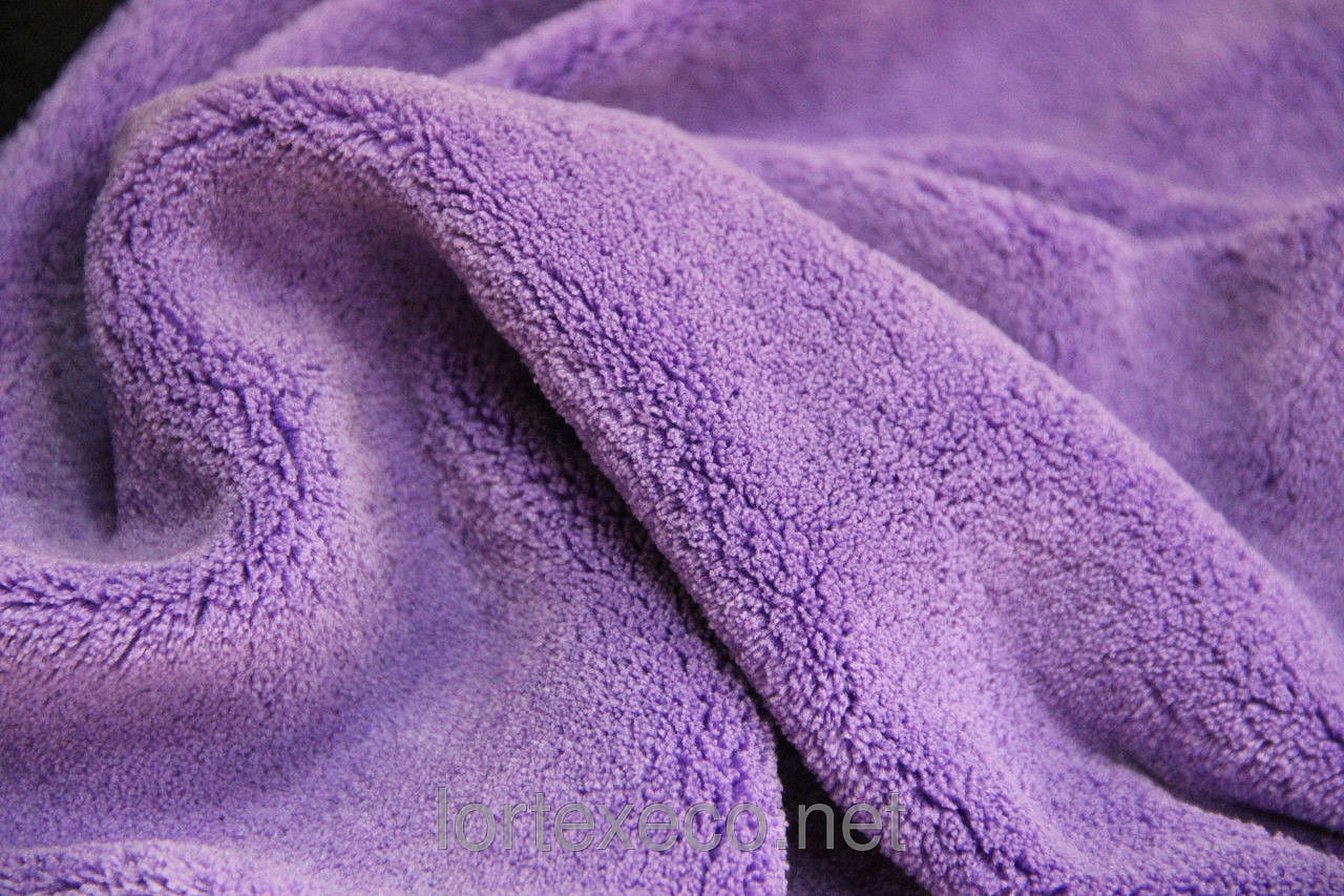
- Jacquard is a fabric with a pattern that is woven into the base rather than applied by dyeing.
How to choose good terry
You need to choose a product based on three main criteria:
- Fabric composition - ideally, it should be only natural material (linen, cotton or bamboo), in extreme cases, the proportion of synthetic fiber should not exceed 20%. Chinese manufacturers are often guilty of adding a higher percentage of synthetics, since cotton does not grow in China, it is exported. It is better to choose terry cloth from Russian and Turkish companies. Uzbekistan and Turkmenistan, where cotton grows, are also famous for their quality goods.
- The density of quality fabric should not be low, otherwise the fabric itself will be "loose". On average, 350-400 g/m2 will be enough. Fabric of higher density will be too heavy, uncomfortable.
- The length of the pile loops should be 5 mm, there should not be strongly twisted pile. This also makes the fabric heavy and rough.
All information on the composition and density must be indicated on the product label or on the packaging. Also, the product itself must be touched with your hands, "felt" to evaluate the tactile sensations.
Scope of application
The main area of application of terry cloth is the production of bath and swimming accessories - towels and sheets, bathrobes, hats, pareos for the bath, slippers and massage gloves.
Important! Popular products include bed linen and mattress covers, children's clothing and goods for children, and home clothing.
Towels
Towels are made in different sizes, depending on their purpose. Bath towels, hand and foot towels, kitchen towels. Both single-sided and double-sided fabric is used for terry towels. The latter provides better absorption and increases the volume of the product. The colors and patterns on towels are very diverse.
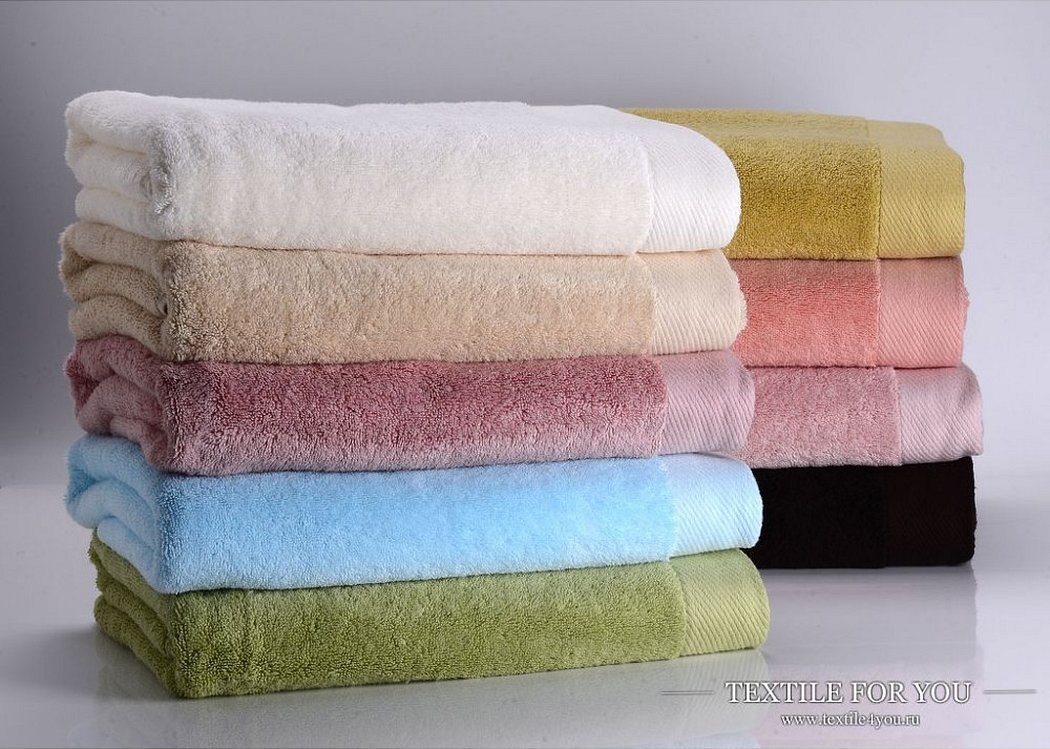
Robes
Robes with all sorts of embroidery are sewn from double-sided or torn terry cloth. The products are lightweight and can be worn for a long time without deformation.
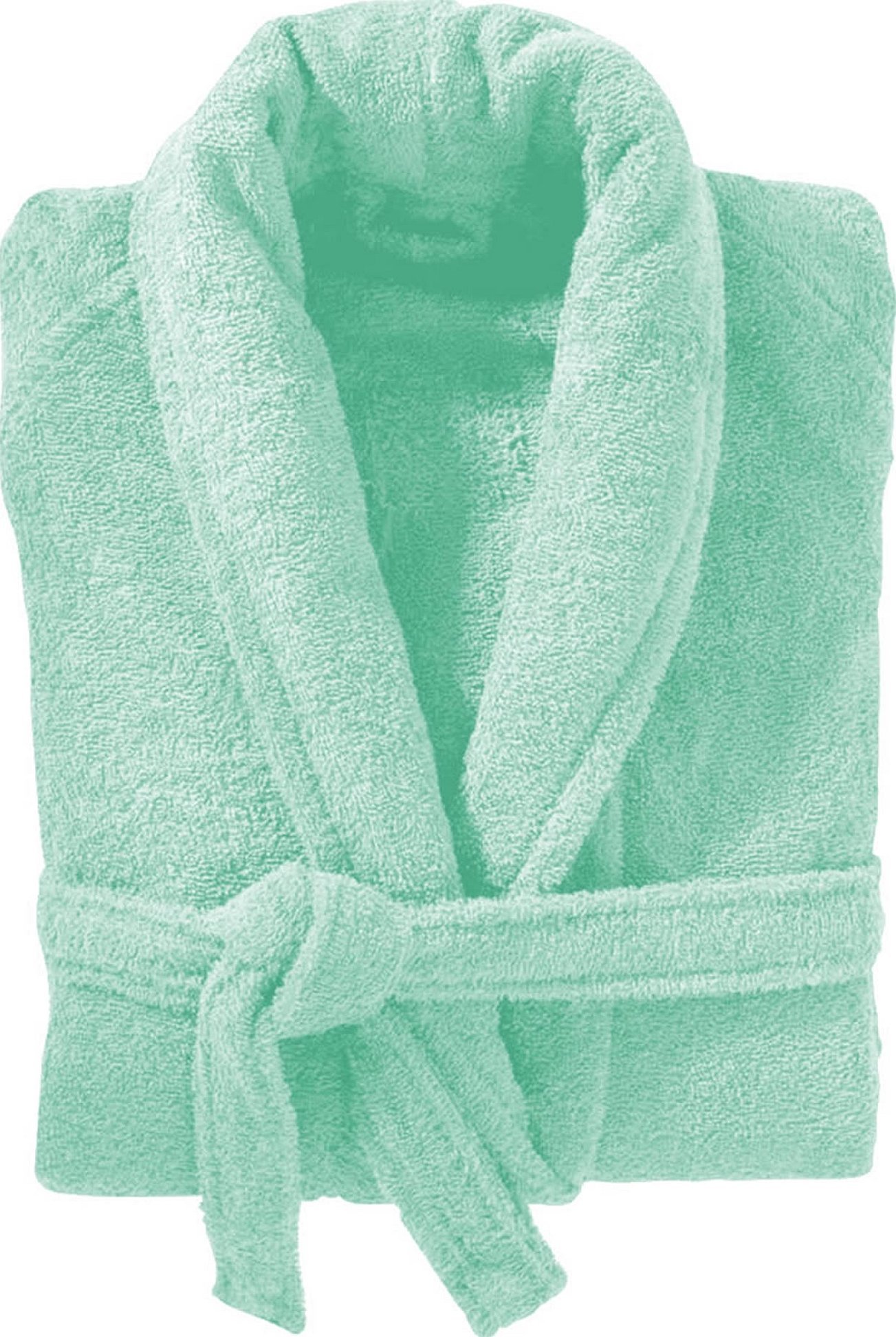
Bed sheets
The advantage of linen made of forte fabric is that it is durable, pleasant to the body, and has a massage effect. The fabric used is double-sided or single-sided looped. Membrane terry is ideal for mattress covers. It will protect the mattress from moisture and preserve its orthopedic properties longer.
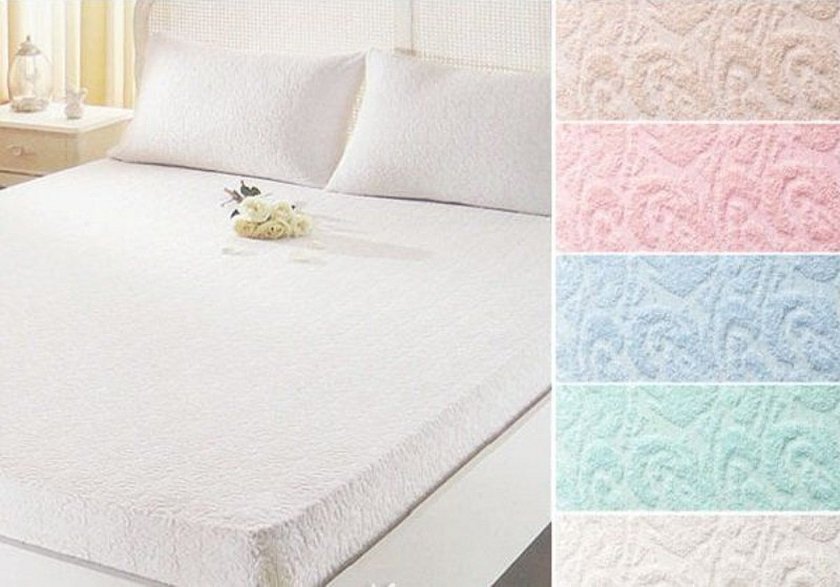
Orthopedics
Terry cloth is used to make special mattresses and orthopedic pillows, as well as orthopedic insoles. They do not cause allergies, retain heat and allow the skin to breathe.

Products for children
Children's clothing - suits, hats, socks, pajamas and casual home clothes are made of all-cotton fabric. The famous terry hair ties were called "makhrushki", but they are made of artificial fibers. Bed linen and waterproof mattress covers are also sewn for children.
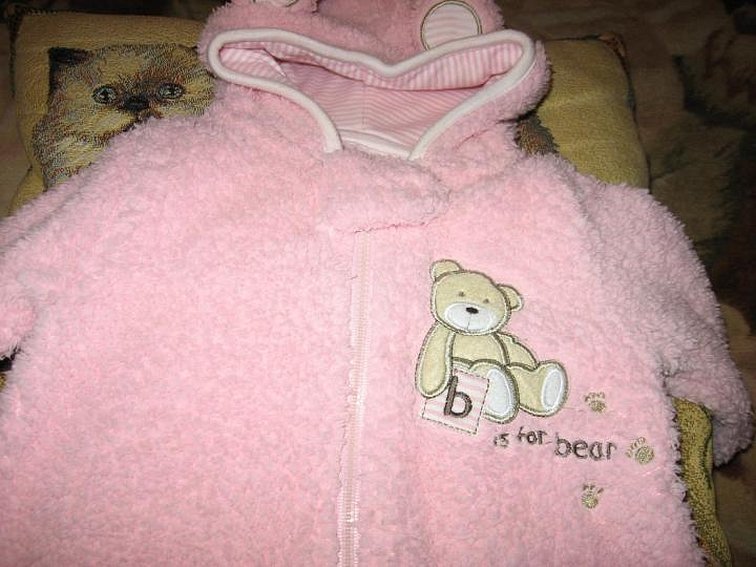
Cleaning products
Loop fabric is used to produce all kinds of napkins and cleaning rags. Such products are very popular due to their excellent absorbent properties. They are made from synthetic fibers.
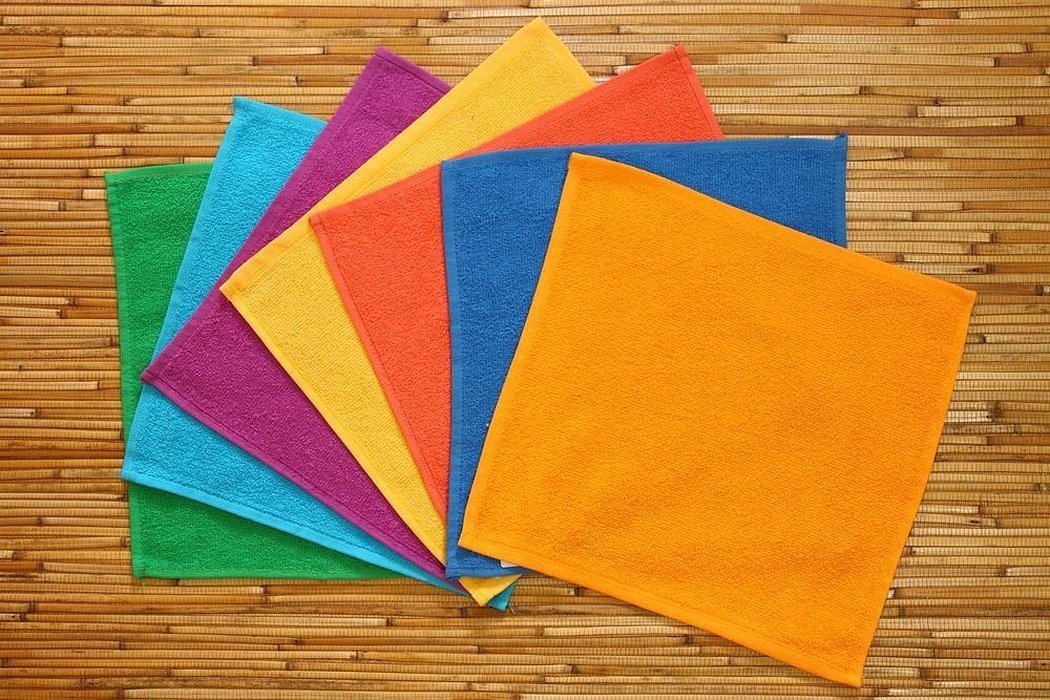
Basic rules of care
Terry products are mainly personal items, so the issue of cleanliness is especially relevant for them. How exactly to wash a specific item - a towel or a robe, depends on its composition and is indicated on the label. In general, machine washing is allowed, the temperature is within 40-90 ° C, spin at 800-100 rpm.
It is better to use liquid detergents, you can use conditioners and bleaches. If there is an additional rinse function, it is better to use it so that the remaining particles of detergent do not come into contact with the skin later.
It is better to wash terry items separately from other items - fasteners, buttons, zippers can make snags on the terry. Terry items should not be ironed, pressing the pile with an iron negatively affects the ability of the material to absorb moisture. If a loop has been pulled out of the item, it can be trimmed flush with the general pile without much damage.
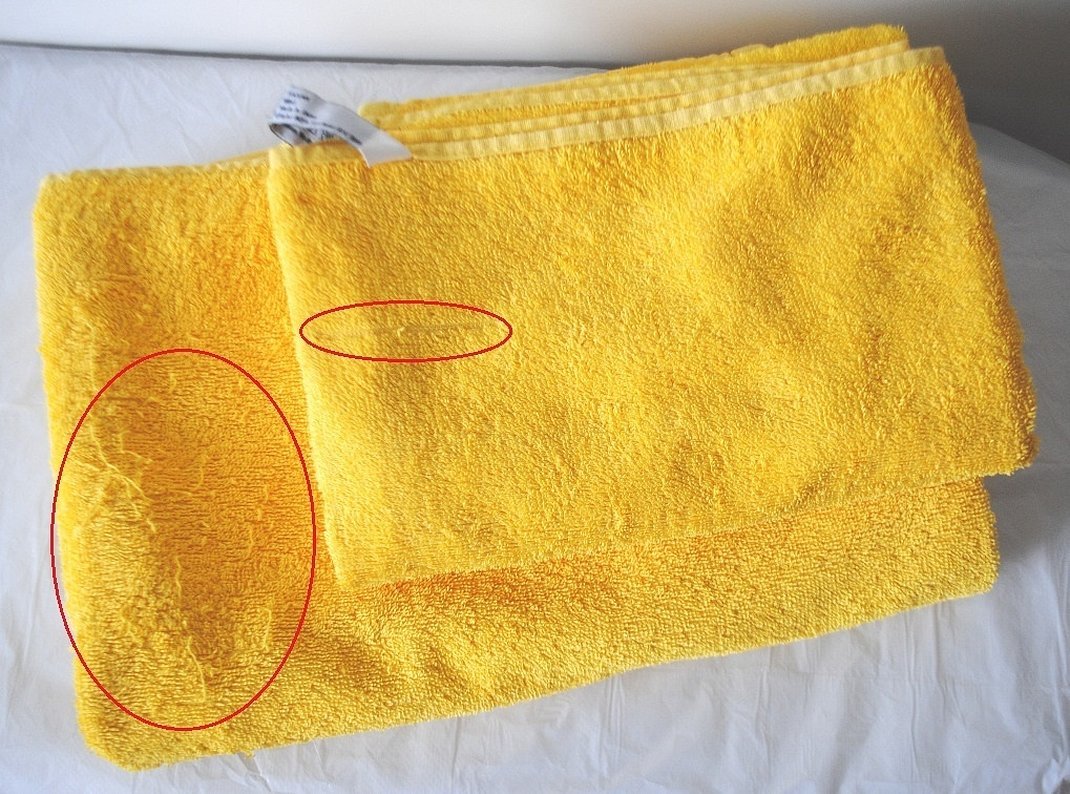
Advantages and disadvantages
100% natural material has many advantages. These include the following properties:
- ability to absorb moisture well;
- absence of contact allergic reactions;
- does not deform after washing, does not stretch or shrink;
- It is easy to dye, has a durable color that does not fade or shed;
- creates a light massage effect when used.
The disadvantages of the fabric are the following qualities:
- lack of elasticity;
- longer drying time for the product after washing or getting wet;
- prone to snags, which greatly worsens the appearance of the product.
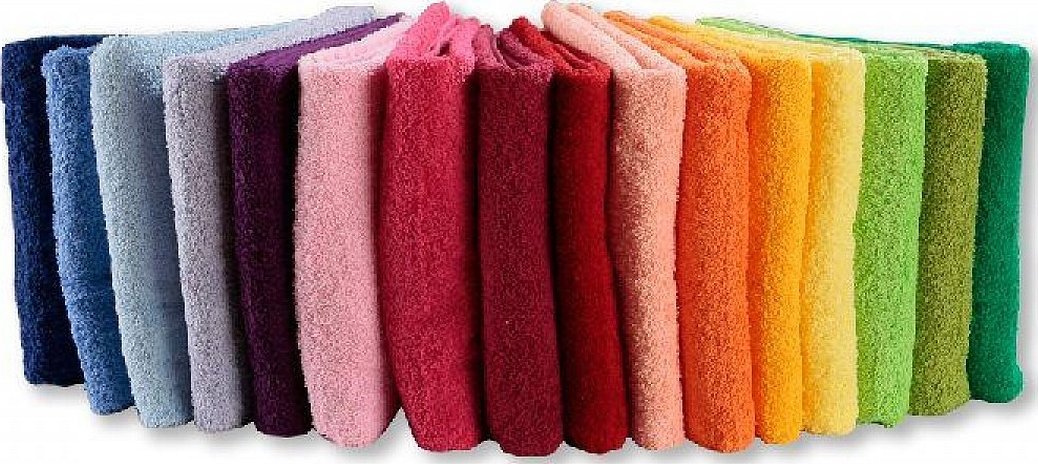
It is safe to say that terry cloth is coziness, dryness and softness. Important qualities for products of constant use that will last a long time if chosen correctly.
https://www.youtube.com/watch?v=Ee2256AuCEc




